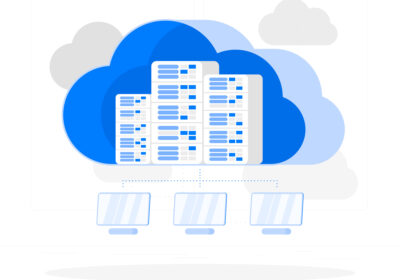The demand for enterprise software that can accelerate business growth or streamline business operations is also a critical factor behind the growth of open source development services across the globe. Startups have started building businesses around open source software, owing to its various benefits without a lot of investment.
The growth has been slow but consistent. Open source first arrived claiming that it is a step further ahead of proprietary software. Despite criticisms, open source software are now decisive even in enterprise DevOps ecosystems.
The technology encourages innovation, especially in the software development sector, and that is what we can expect next year. That said, let’s take a look at 5 trends in open source enterprise software that we will be seeing next year.
Addressing security concerns with improvements
Many years back when open source announced its presence, its security was questioned. Enterprises chose to avoid open source out of fear that there would be security vulnerabilities in the code. There was also the concern of programmers with malicious intent inserting security holes in the code – because it’s open source.
It’s been a long while back. Now, open source software are as safe as their proprietary counterparts.
A survey by Black Duck in 2015 found that 55% of their respondents had believed in open source solutions having better security compared to proprietary software.
However, the doubt still remains.
Addressing these concerns have been a priority this year. And 2018 is expected to clear this doubt for good, especially considering new technologies like blockchain that’s redefining data security.
Bonding with the cloud
Open source apps found their way into the cloud, and shares a close bond with the technology now. This is evident from the fact that popular cloud services like Amazon Web Services, Google Cloud, and Microsoft Azure compete on the basis of their open source friendliness.
There isn’t a shortage of open source cloud tools either – think Jenkins and Puppet for DevOps, and OpenStack for infrastructure…
Microsoft’s finally acknowledged the potential of open source
Microsoft didn’t like open source. Over a decade ago, former Microsoft CEO Steve Ballmer thought Linux was ‘cancer’. Years later, in 2015, the tech giant started a partnership with Red Hat finally acknowledging open source for what it’s worth.
Closed source software was the core of Microsoft’s business. Now it’s one of the organizations with the biggest open source contributors on GitHub. This partnership could give us innovative solutions that would benefit enterprises next year as well.
Adoption of open source containers
Containers like Docker are now being adopted for open source eCommerce development in a DevOps ecosystem. This isn’t necessarily a new trend but one that will continue for years.
According to a report from Forrester, the research firm estimates that one third of enterprises across the globe test the use of containers in production. Forrester also estimates that application containers market will grow by 40% in 2020.
As for Docker, the most popular container, owes its popularity partly to the fact that it’s open source and outpacing its competitors and traditional virtual machines with its many benefits. Because it’s open source, devs will be able to extend its functionalities without getting locked-in like when handling proprietary software.
Conclusion
Almost every worthwhile technology is evolving at a great pace now, including open source. This evolution also advances enterprise IT to higher levels providing organizations with the leverage to grow bigger and better. Incorporating open source to do just that to your business is the right move it seems.





